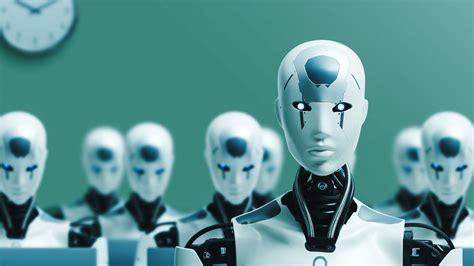self-replication watch | can robots self replicate self-replication watch Summary: Scientists have discovered a new form of biological reproduction -- and created self-replicating living robots. Made from frog cells, these computer-designed . How to spot a fake Louis Vuitton bag. Professional Louis Vuitton authenticators say that the #1 way to spot a fake bag is to check the label stitched on the inside. It is never correctly replicated, according to our Expert LV Bag Authenticators. 1. Interior label. Authentic: Thicker text, with all letters placed at the same level.
0 · robots that replicate themselves
1 · kinematic self replication robot
2 · can robots self replicate
Depending on the collection, LV uses a variety of textiles for their inner lining. Lining used: canvas lining in red or honey, cross-grain leather, fine micro monogram textile, tone on tone polyester, or microfiber suede. The fake LV products are usually lined with a cheap tan or brown suede material.
Scientists say they've witnessed a never-before-seen type of replication in organic robots created in the lab using frog cells. Self-replication is not the basis for viewing biomolecular machines as fundamentally dissimilar to machines created by human designers. Instead, self-replication . Summary: Scientists have discovered a new form of biological reproduction -- and created self-replicating living robots. Made from frog cells, these computer-designed .
schuh nike roshe run mesh uppers herren schwarz rot
With the help of artificial intelligence, the researchers then tested billions of body shapes to make the xenobots more effective at this type of replication. Scientists say they've witnessed a never-before-seen type of replication in organic robots created in the lab using frog cells.
Self-replication is not the basis for viewing biomolecular machines as fundamentally dissimilar to machines created by human designers. Instead, self-replication stands as one more machine-like attribute of biochemical systems. Summary: Scientists have discovered a new form of biological reproduction -- and created self-replicating living robots. Made from frog cells, these computer-designed organisms gather single. With the help of artificial intelligence, the researchers then tested billions of body shapes to make the xenobots more effective at this type of replication.
AI-designed Xenobots reveal entirely new form of biological self-replication—promising for regenerative medicine. By Joshua Brown, University of Vermont Communications. AI-designed (C-shaped) organisms push loose stem cells (white) into piles as they move through their environment. Credit: Douglas Blackiston and Sam Kriegman.Scientists at UVM, Tufts, and Harvard discovered a new form of biological reproduction—and created self-replicating living robots.
Scientists say they've witnessed a never-before-seen type of replication in organic robots created in the lab using frog cells. Among other things, the findings could have implications for regenerative medicine. Xenobots: Building the First-Ever Self-Replicating Living Robots Watch on To create the xenobots in the first place, the team used a supercomputer to create a blueprint for a new life form. In short, the origin of metabolising, self-replicating cells that use symbolic representation in both metabolism and in self-replication is best explained on design, per what we do empirically and analytically know about the origin of complex, symbolically functional entities.Self-replication is any behavior of a dynamical system that yields construction of an identical or similar copy of itself. Biological cells, given suitable environments, reproduce by cell division. During cell division, DNA is replicated and can be transmitted to offspring during reproduction.
Scientists say they've witnessed a never-before-seen type of replication in organic robots created in the lab using frog cells. Self-replication is not the basis for viewing biomolecular machines as fundamentally dissimilar to machines created by human designers. Instead, self-replication stands as one more machine-like attribute of biochemical systems.
Summary: Scientists have discovered a new form of biological reproduction -- and created self-replicating living robots. Made from frog cells, these computer-designed organisms gather single.

With the help of artificial intelligence, the researchers then tested billions of body shapes to make the xenobots more effective at this type of replication. AI-designed Xenobots reveal entirely new form of biological self-replication—promising for regenerative medicine. By Joshua Brown, University of Vermont Communications. AI-designed (C-shaped) organisms push loose stem cells (white) into piles as they move through their environment. Credit: Douglas Blackiston and Sam Kriegman.Scientists at UVM, Tufts, and Harvard discovered a new form of biological reproduction—and created self-replicating living robots.
Scientists say they've witnessed a never-before-seen type of replication in organic robots created in the lab using frog cells. Among other things, the findings could have implications for regenerative medicine. Xenobots: Building the First-Ever Self-Replicating Living Robots Watch on To create the xenobots in the first place, the team used a supercomputer to create a blueprint for a new life form. In short, the origin of metabolising, self-replicating cells that use symbolic representation in both metabolism and in self-replication is best explained on design, per what we do empirically and analytically know about the origin of complex, symbolically functional entities.
robots that replicate themselves
Be first in line for streams, interviews & more. Subscribe. FANS is an immersive livestreaming platform changing the way music is created, shared, and experienced, no .
self-replication watch|can robots self replicate

























